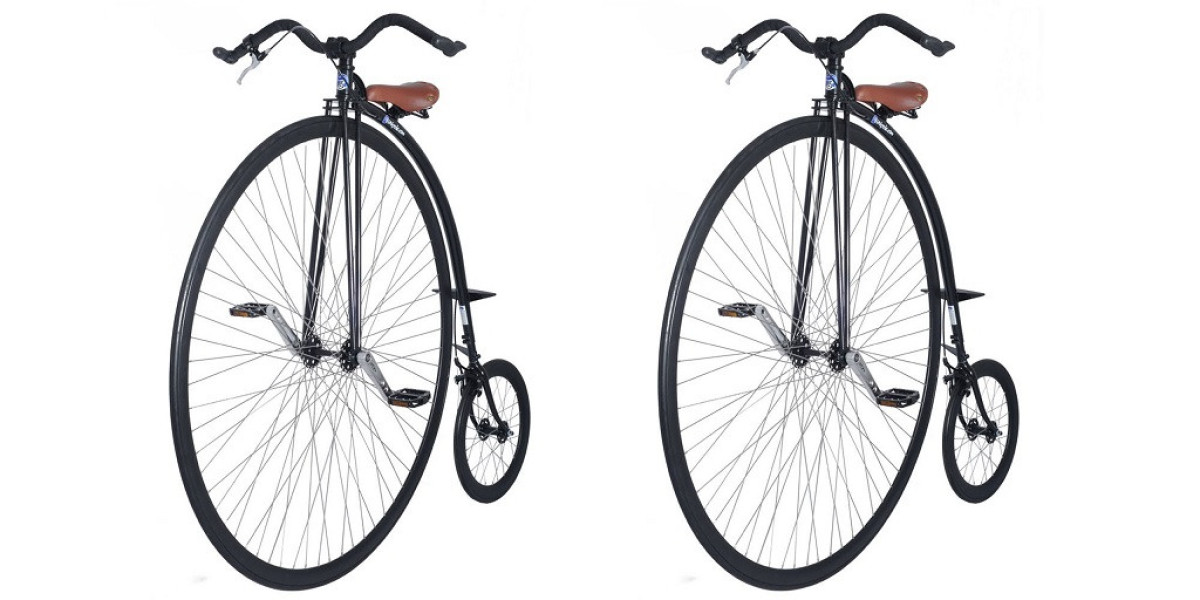Whether you’re interested in getting a new unicycle, a new bike for long-distance riding, or even a clown circus bike to impress your friends with trick riding, the pedals with which you outfit it will have no small impact on comfort and performance.
Here’s a quick intro to the basics, if you’re unfamiliar with some of the most common pedal types.
Flat Pedals
Flat pedals, which are often made from plastic but can be made from metal alloys, are the most basic type of pedal.
They have a flat surface on which you place the top of your foot and offer the most flexibility, as you can choose how your foot creates an interface with the pedal platform.
Some believe that the ideal interface is between the pedal surface over the axle and the ball of your foot. Others believe it is with your foot flat on the pedal. Both are possible with flat pedals.
Some riders also prefer plastic pedals over metal alloy pedals because they are softer and fairly affordable.
By contrast, metal pedals are much more durable, but they can damage and rip your clothing if they contact it, or hurt your shins if you’re not careful.
Either way, flat pedals are affordable, versatile, easy to use, and do not require you to use special shoes. They also don’t inflict excess wear on the soles of your shoes if you choose these.
Studded Pedals
One variation on the flat pedal is the studded pedal. In this configuration, you have what is more or less a flat plastic pedal (although it could be metal) with metal pins or studs sticking up from the surface.
These have a few advantages over standard flat pedals although they are not without their drawbacks.
One advantage of the studded pedal is that it is not as slippery in adverse conditions, such as in the rain, or just in the event that your soles are wet. They offer a surer grip in basically all conditions, while still remaining versatile and fairly easy to use.
With that said, the metal pins projecting from studded pedals will incur accelerated wear on the bottoms of your shoes, and if they errantly contact your clothing or gear, they can damage them. They can also cause pretty unpleasant scrapes to your shins and ankles if you slip off or miss the pedals.
Clipless Pedals
Clipless pedals are pedals that contain a clamp that is designed to “clip into place” with compatible shoes that have cleats on the bottom of them.
These pedals are great for long-distance riders as they offer a sure mating between your shoe and the pedal, and require consistent placement each time. There’s also no way to accidentally slip off the pedal.
You might be wondering why they’re called clipless if they have what you might call a “clip.”
This goes back to the old days of biking, in which pedals were designed with a basket or toe clip.
These modern pedals lack these baskets and toe clips, instead having the clamp-and-cleat interface that offers consistent foot placement and a sure interface between the rider’s foot and the pedal.
The drawback, however, is that it can be tough to get your foot off the pedal in a bind, and moreover, they’re not the most comfortable shoes to walk around in once you’ve dismounted.
So, this is a good option for distance riders, but not if you expect to be doing a lot of walking around out of the saddle.
Need New Pedals? Visit Unicycle.com
Let the pedals you choose be dictated by what and how you ride. If you ride a clown circus bike, the flat plastic pedals that came with it may be just fine. If you do a lot of riding in adverse conditions, maybe studded pedals are best. And, if you do a lot of long-distance riding, especially on the road, clipless pedals may be for you.
If you’re not sure, check with the experts at Unicycle.com. They carry a wide range of different pedals (in addition to unicycles and odd bikes like penny farthings and circus clown bikes) and would be more than happy to help you out.
For more information about Knee Elbow and Wrist Pads and Odd Bike Please visit: Unicycle.com



